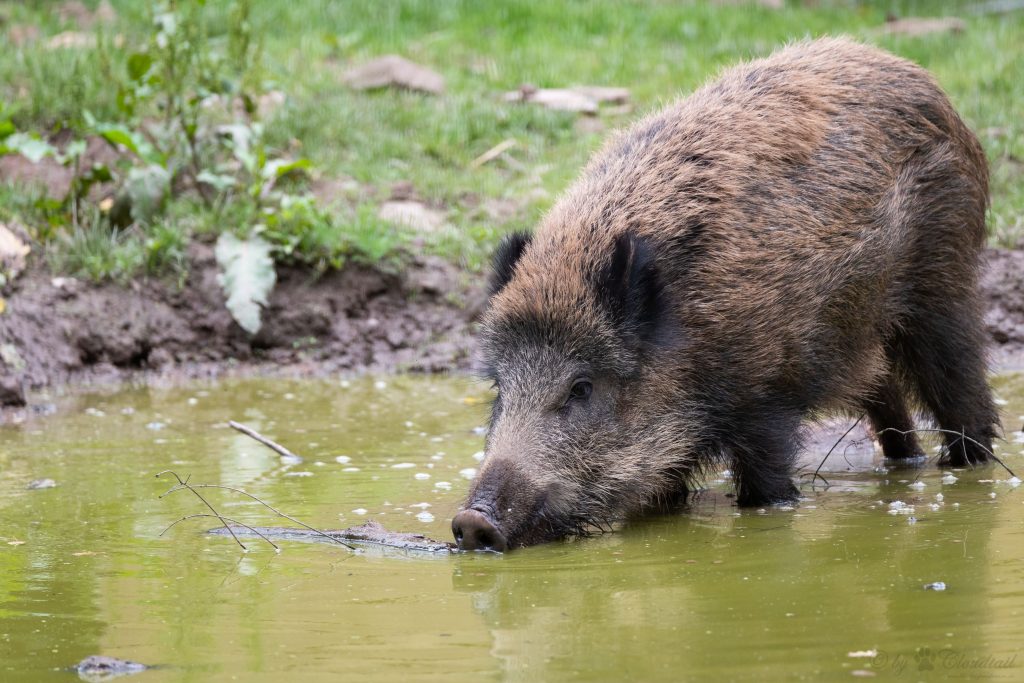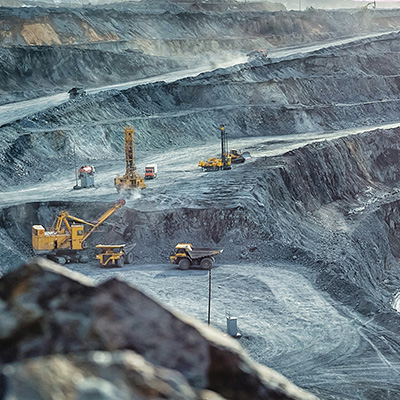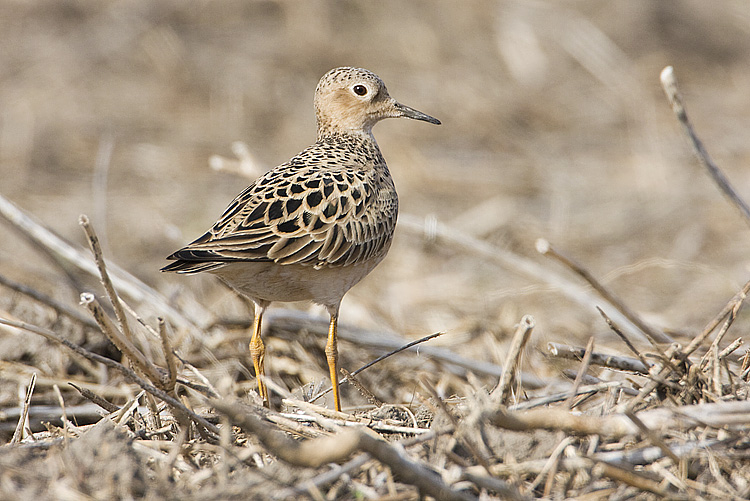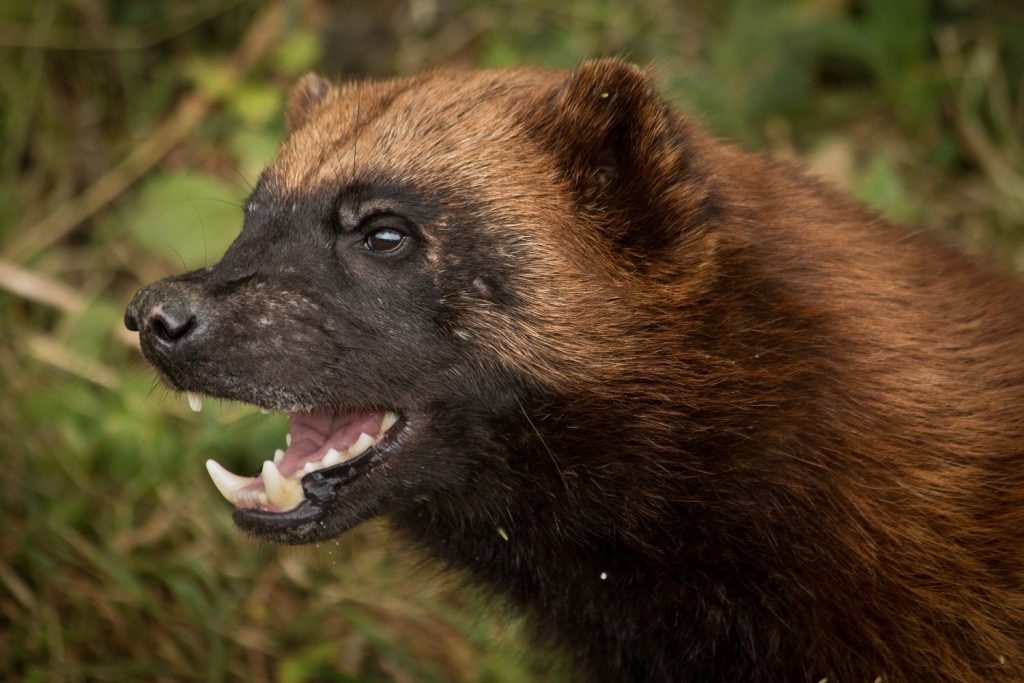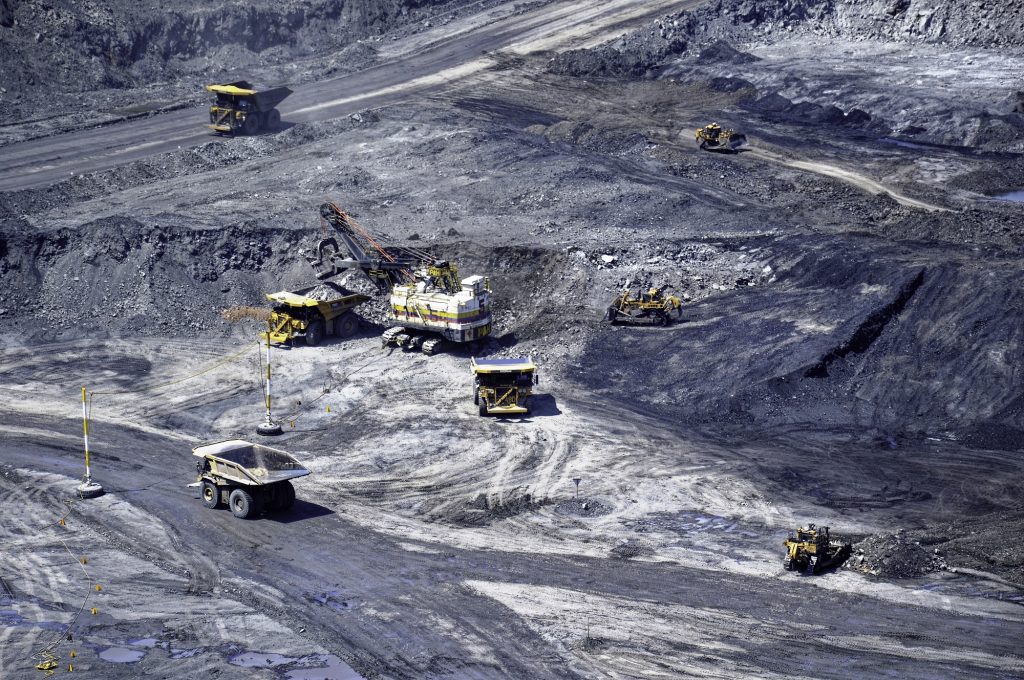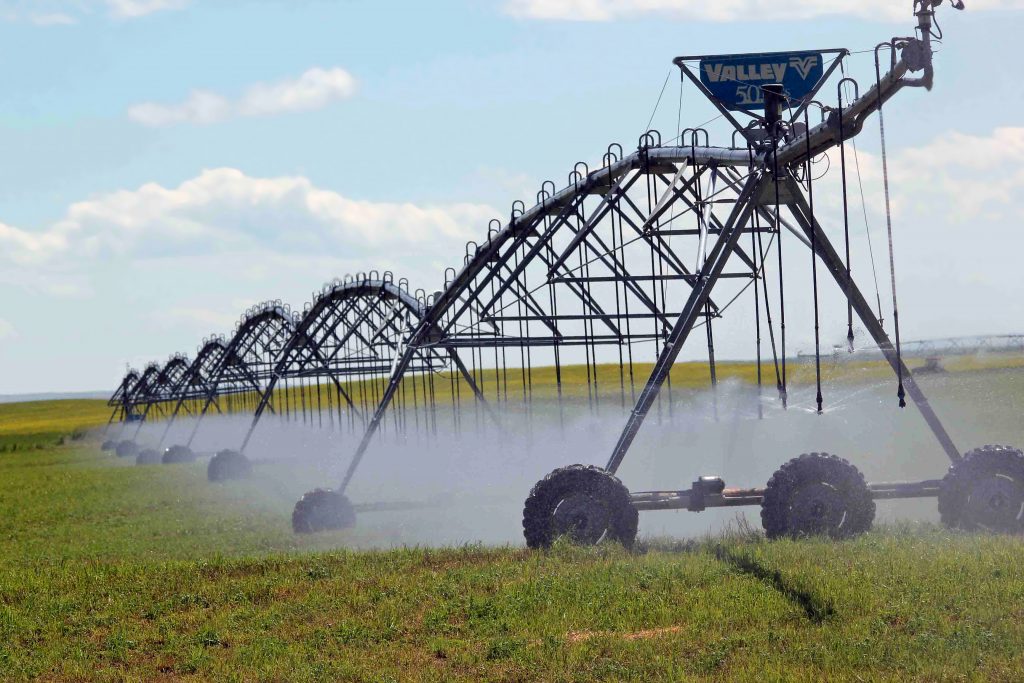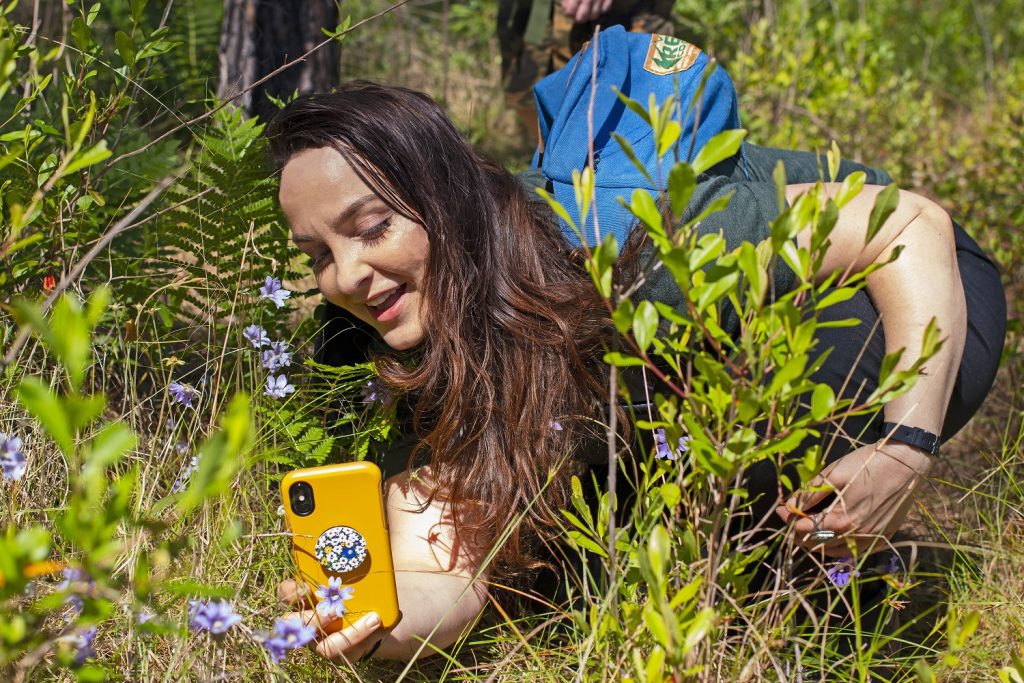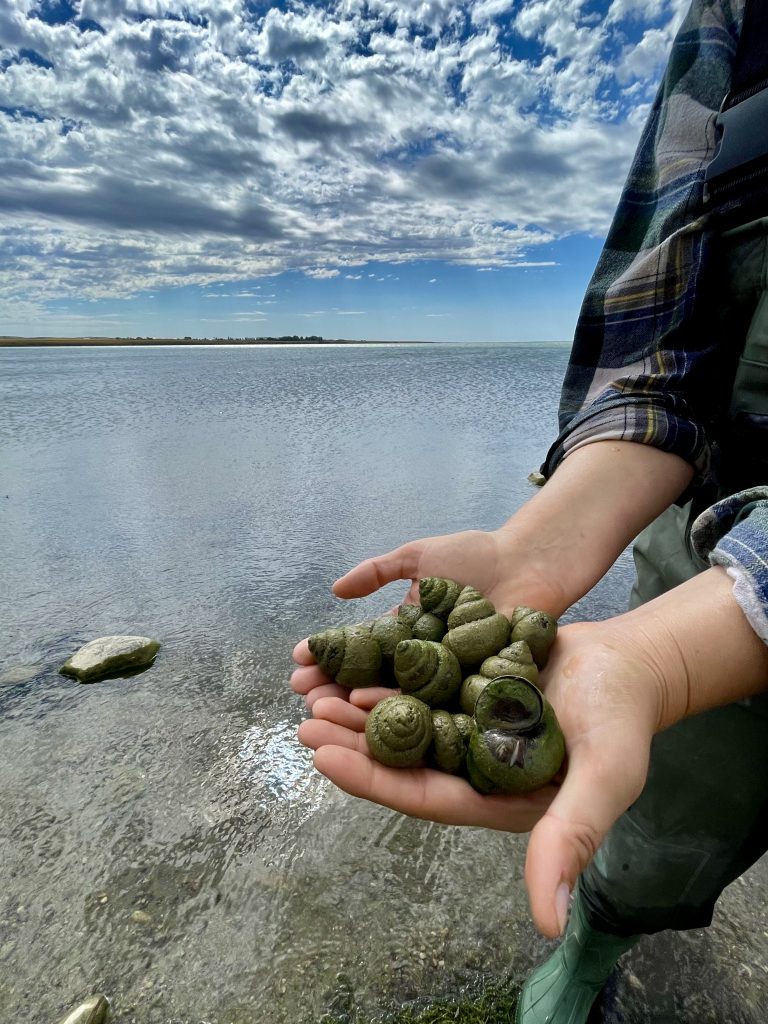Conservation
Wild Boars on the March
Initially, wild boar numbers were low and they went largely unnoticed. However, their high reproductive rate is a recipe for exponential growth, which is exactly what has happened.
Read MoreSeeing Red Over Red Tape Reduction
BY LORNE FITCH
Founded in political ideology, the provincial government’s current red tape reduction efforts have created a boondoggle of confusion, weakened protections, and, ironically, more red tape. The red tape being “reduced” hobbles land-use protection on public land, the land held in trust for Albertans.
Read MoreThe Implications of Shifting Baselines on Nature Conservation
BY LU CARBYN
Ecosystems change over time without any tampering by humankind. Human impacts, however, have caused massive changes over a short period of time that have resulted in serious environmental concerns, including loss of biodiversity.1 We are all aware of the global issues of habitat loss and wildlife extinction around the world, which call for intervention and leadership from governments, academics, and researchers. However, we do not need to look so far as the destruction of tropical forests of Brazil or Borneo; we can see these issues right here in Alberta.
Read MoreDeath by “Data Deficient”: The Disappearance of Wolverines in Alberta’s Eastern Slopes
BY GILLIAN CHOW-FRASER
Olaus Murie once wrote, “I wonder if there is another inhabitant of northern wilderness that so excites the imagination.”1 The species he was referring to? None other than the wolverine.
More than 60 years later, the same thought ran through my mind as I tracked through the foothills of Alberta’s Rocky Mountains. Would this be the day? Would I be able to catch even a brief glimpse of a wolverine’s bushy tail in the distance?
Read MoreCoal Mining Update: Kicking the Can Down the Road (Again)
The message from the year-long public consultation is crystal clear. Albertans do not want more coal mining in the Eastern Slopes. They want this special region to be protected. If you agree, please write to Minister Savage and urge her to take meaningful action now: minister.energy@gov.ab.ca. The government should enact legislation that provides permanent protection for all ecologically important lands within the Eastern Slopes. Kicking the can down the road is not a reasonable alternative.
Read MoreScanning for Life Forms
Using Environmental DNA to Identify Species, Science Fiction Becomes Reality
By Jay White, M.Sc., P.Biol.
Shall We Gather at the River?
Irrigation and the Future of Southern Alberta’s Rivers
BY LORNE FITCH
In the heat dome and severe low flows of 2021, our canoe left smears of colour on several barely submerged boulders of one of Alberta’s prairie rivers. These low water levels had me reflecting on the recent scheme by southern Alberta’s irrigation sector to expand irrigated acreage. I thought of the old hymn, “Shall we Gather at the River.”
Read MoreMaking Citizen Science Count
BY RICHARD SCHNEIDER
As naturalists, we love to watch wildlife, but if we want wild species to remain viable we need to actively contribute to their conservation.
Chinese Mystery Snails in Alberta
Non-native Chinese mystery snail (Cipangopaludina chinensis), first introduced to North America in the 1890s through food markets in San Francisco, was officially sighted in McGregor Lake Reservoir, near the village of Milo in southern Alberta in 2019.
Read MoreSand and Gravel Operations Putting Natural Ecosytems at Risk
The Red Deer River Naturalists Society are concerned that sand and gravel operations in Alberta are increasingly putting Alberta’s natural ecosystems at risk and is calling on the government to resolve deficiencies in the management of these operations.
Read More
